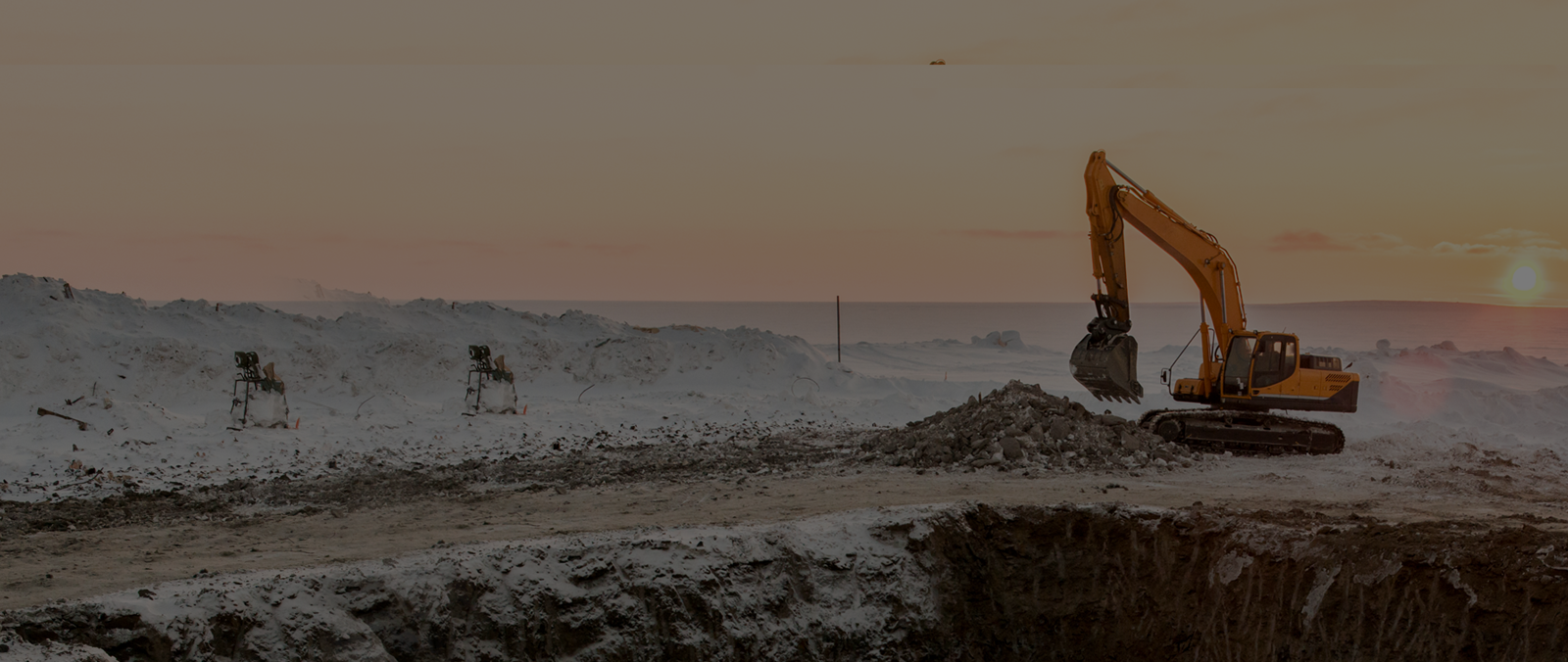
Trenching and Pipe Laying
Why do you need Inertial Navigation Systems for Trenching and Pipe Laying?
In construction, Inertial Navigation Systems (INS) offer advantages for trenching and pipe laying. They greatly enhance efficiency, precision and safety in these operations. Let's explore the reasons why INS is relevant for trenching and pipe laying;
- Precision Excavation -Inertial Navigation Systems provide positioning information allowing precise control of trenching equipment. This is particularly crucial when working in confined spaces or areas with engineering requirements ensuring desired trench dimensions and depths are achieved.
- Navigation in Challenging Environments -Trenching and pipe laying often take place in environments where GPS signals may be weak or obstructed such as areas with buildings or dense vegetation. INS serves as a navigation solution in these challenging conditions ensuring uninterrupted operation.
- Accurate Pipe Placement -During pipe laying operations it's crucial to position and align pipes accurately according to engineering specifications. INS plays a role here by providing real time information, on equipment orientation and position facilitating pipe placement.
- Operational Efficiency - By providing navigation information inertial navigation systems significantly contribute to the operational efficiency of trenching and pipe laying activities. This optimization helps streamline workflows while reducing the risk of errors ultimately enhancing construction processes speed and accuracy.
These advantages demonstrate how Inertial Navigation systems greatly benefit the field of construction by improving trenching and pipe laying processes in terms of precision, reliability, accuracy and efficiency.
- Adapting to Different Terrains -Construction sites where trenches are dug and pipes are laid can have varying terrains, including slopes and uneven surfaces. The Inertial Navigation Systems (INS) help equipment adjust to these changes, in terrain ensuring stability and accurate navigation across ground conditions.
- Autonomous or Semi Autonomous Operation -The INS facilitates the development of trenching and pipe laying equipment that can operate autonomously or with intervention. With navigation information autonomous systems can work efficiently by following paths reducing the need for constant manual control.
- Real time Monitoring -Inertial Navigation Systems enable real time monitoring of the movement of trenching and pipe laying equipment. This feature is particularly valuable for construction managers who require up to date information on the progress of work, equipment location and any potential issues that may arise.
- Prioritizing Safety - Accurate navigation information provided by INS plays a role in ensuring safety at construction sites. It helps prevent collisions, ensures alignment of trenches and pipes and reduces the risk of accidents caused by excavation or pipe placement.
- Integration with Machine Control Systems - INS can be seamlessly integrated with machine control systems to provide automated guidance and control for trenching equipment. This integration enhances precision during excavation and pipe laying processes leading to improved project outcomes.
- Data Logging and Documentation - Inertial Navigation Systems allow for the capturing of data regarding the movements and activities of equipment used for trenching and pipe laying. This data holds value when it comes to analyzing postoperative results, documenting processes and ensuring quality control.
Inertial Navigation Systems play a role in improving the accuracy, efficiency and safety of trenching and pipe laying operations. They provide navigation information to construction equipment helping achieve engineering standards optimizing workflows and ensuring completion of construction projects.
Contact Us for more information.
